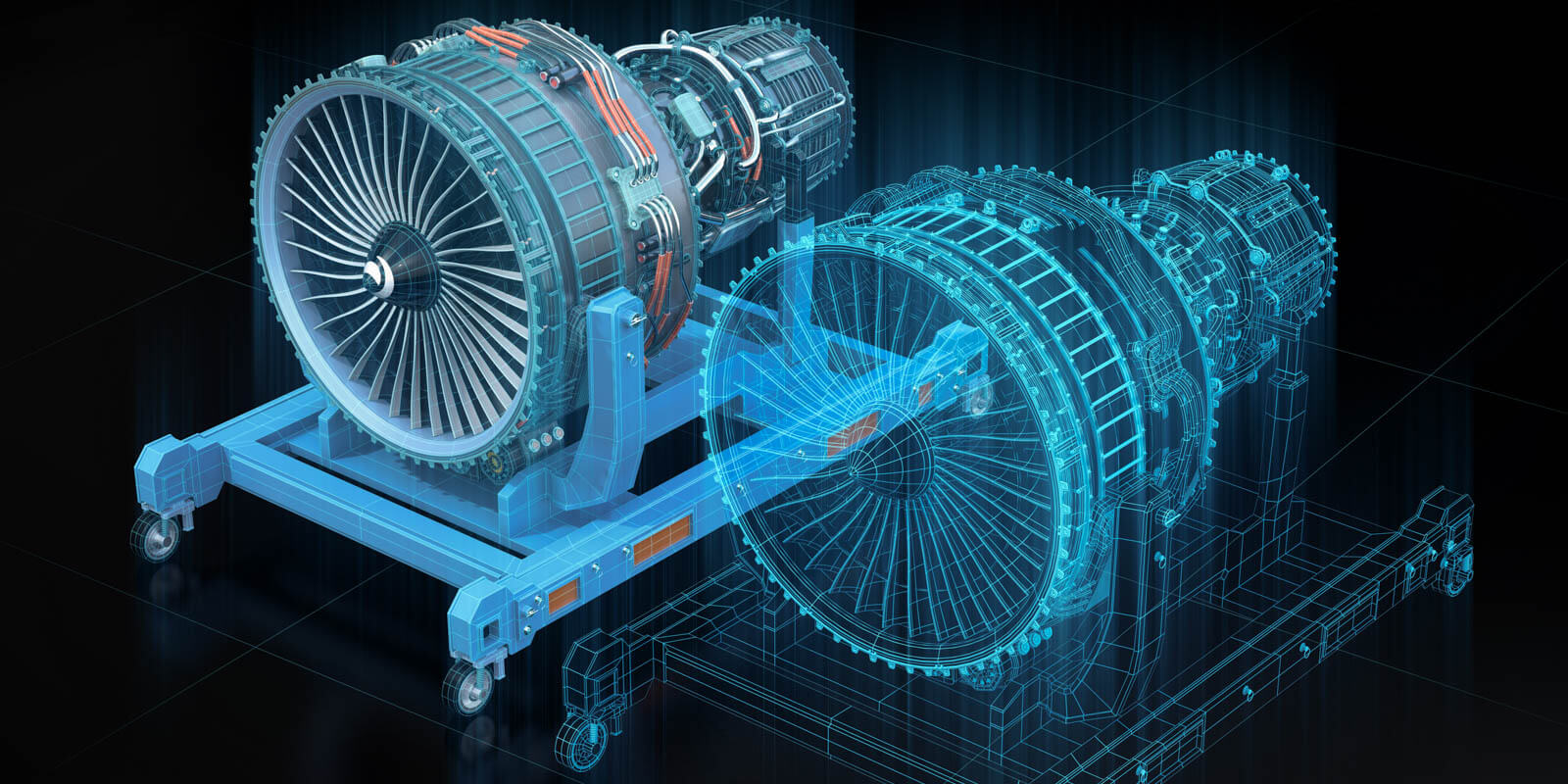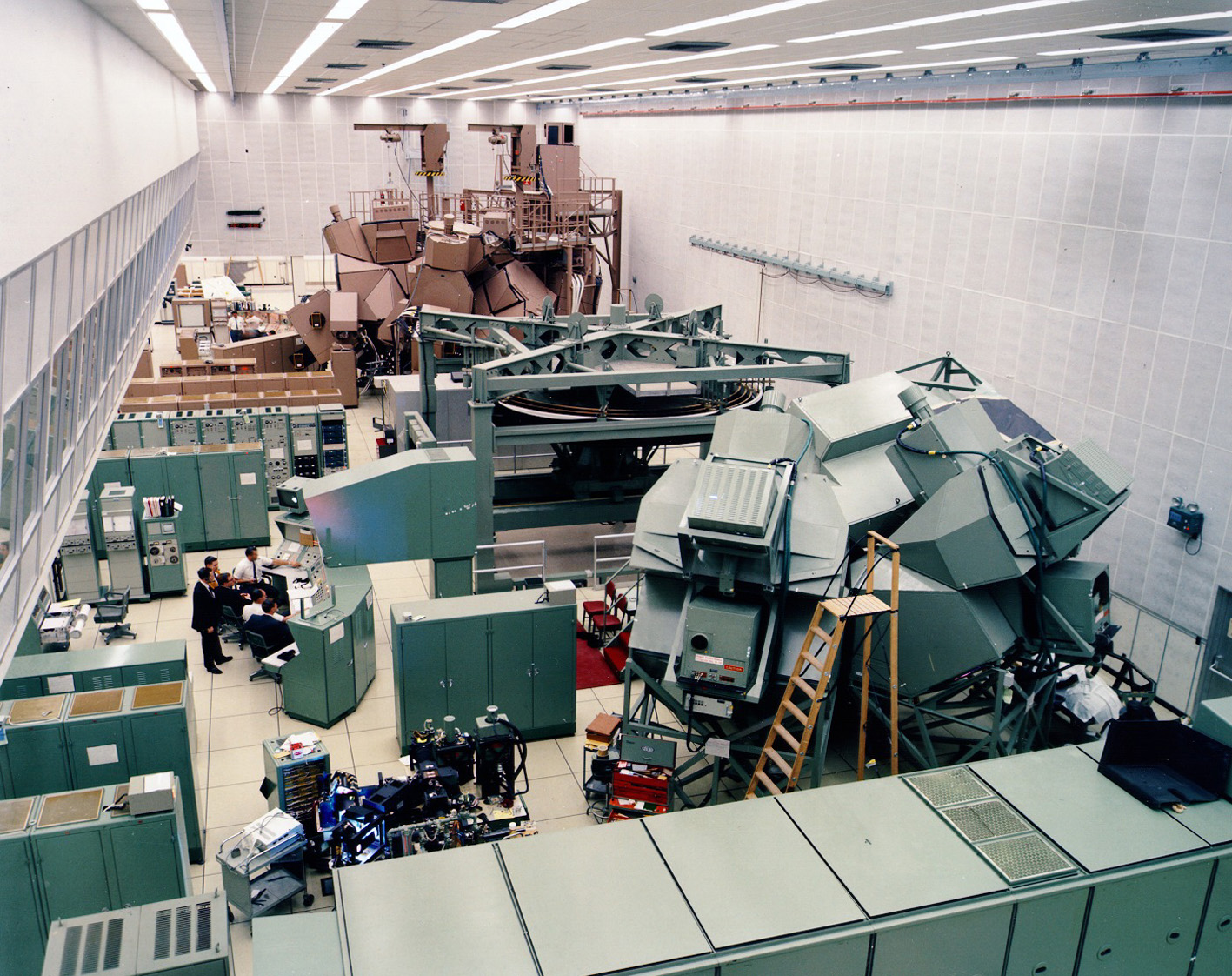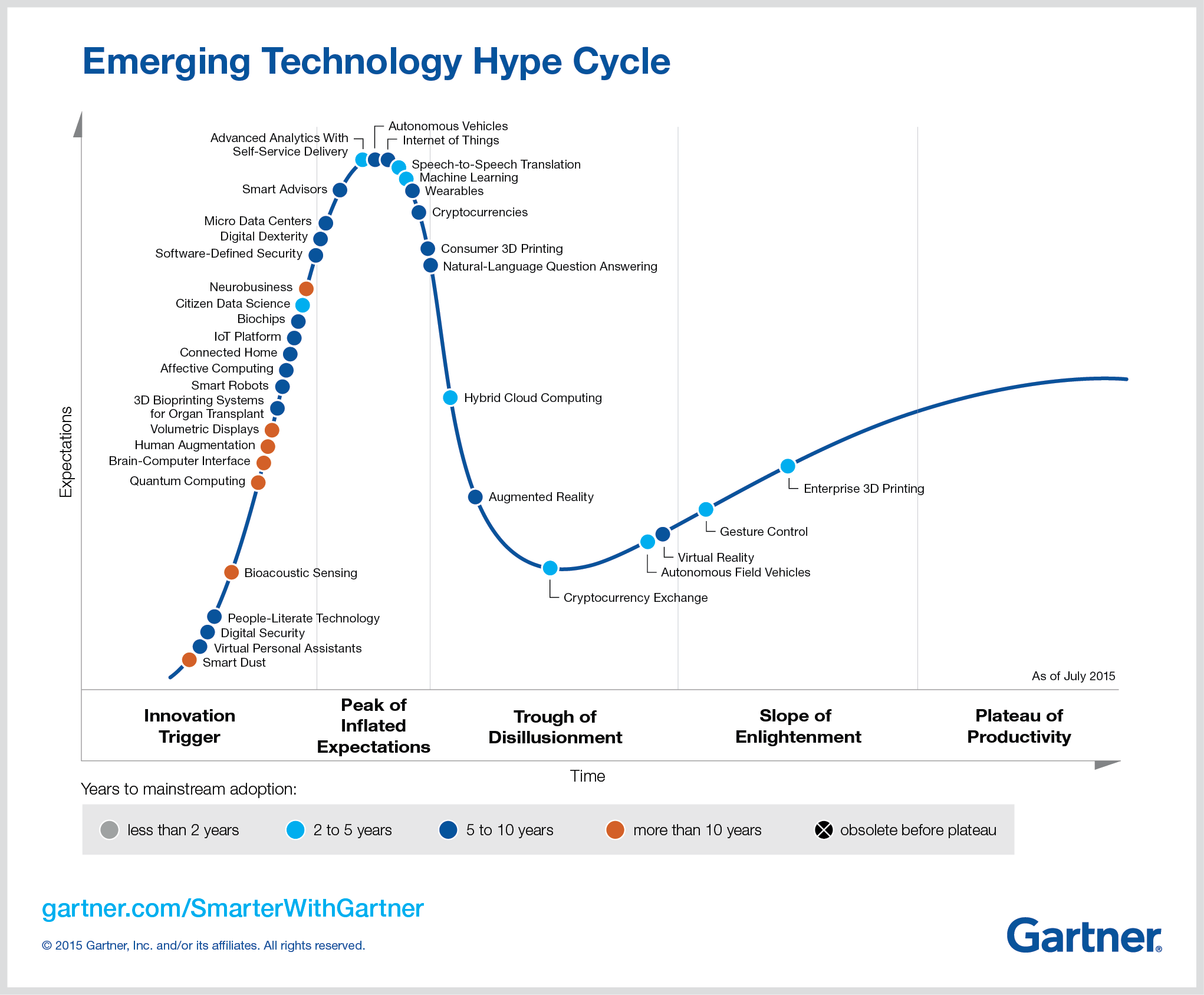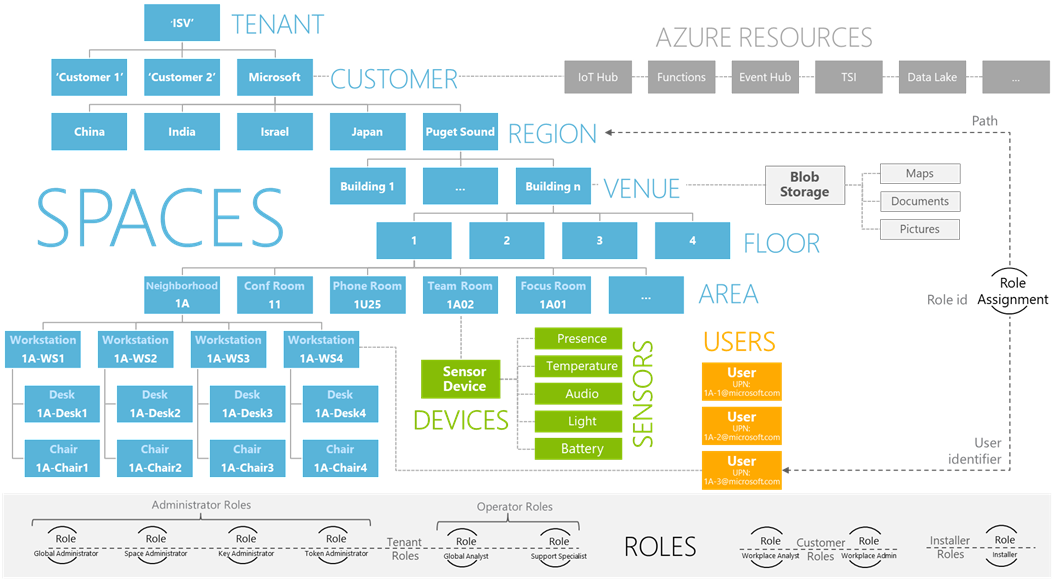
Digital twins thundered into the forefront of history during the infamous 1970 Apollo 13 incident. When the fate of three astronauts hung by a thread in the deadly cold of the cosmic abyss, it was the magic of digital twins that helped find the only possible way to save people and successfully land the spacecraft. Now, half a century later, digital twins remain one of the most promising technologies and point the way to a new era of human civilization.
In this article, we will define the term “digital twins” and illustrate it with a canonical example from the field of home automation. We will also look at the rich history of digital twins and see why they are attracting so much interest today. In conclusion, we will touch on the wonderful prospects that digital twins promise us, and see how we - professionals of innovative technologies - can bring this bright future closer using digital twins and exponential technologies close to them: artificial intelligence, the Internet of things, mixed reality, robotics and others. ...
What are digital twins
In order to avoid the fate of ancient Babylon, we need to speak the same language when we discuss digital twins. Here is my favorite definition of digital twins, which, from my point of view, is succinct and accurately captures their essence:
A digital twin is a synchronized virtual model of any objects, systems, people, processes and environments. The digital twin tracks the past and predicts the future.

This short definition contains several important ideas that need to be elaborated on:
- Abstract objects
Digital twins are not limited to the realm of physical objects; they can also represent highly complex concepts such as systems and processes. For example, one of the promising areas of development in 2020 is the digital twin of the government. Another relevant example is the digital twin of the spread of a virus. -
– , , - . , , . -
, . , , . – , . , ( ), , , , . , . , .
Thus, the above definition helped us to identify the three-way relationship between digital twins, the Internet of Things, artificial intelligence and machine learning: the digital twin uses artificial intelligence for information processing of data, and the Internet of things provides a massive flow of information for the data-hungry artificial intelligence. In turn, artificial intelligence gives the Internet of Things smarter behavior, which is necessary for safe operation in the real world, where the cost of error is higher due to the physical risk to people and property. Let's remember this relationship - we'll look at its impact later.
Canonical example of digital twins
One classic example of digital twins is the smart building concept. Imagine a conference room with numerous IoT devices: a room presence sensor, an entry / exit sensor, a smart thermostat, smart furniture (capable of detecting if seats are occupied), a conference camera that can count people present, etc. All of these technologies are valuable, but we may need an answer to a simple question: "Is the conference room busy or free?" Therefore, we can create a digital twin of this conference room, which will collect data from all smart devices in it and will be able to describe the room at a higher level of abstraction from the domain of a smart building, which helps to answer the original question.We can go further up the smart building hierarchy and collect all the rooms on one floor into a digital twin of that floor, for example, to control heating, ventilation and air conditioning systems. Next, we go to the level of the digital twin of the entire building, where important issues of protection and safety will be regulated. There is also the dynamic aspect of digital twins: elevators that can travel from one floor to the next, and people who move from one room to another or share jobs. The data collected by the digital twins will have predictive capabilities to predict elevator utilization and room demand based on time of day and day of the week.Next, we go to the level of the digital twin of the entire building, where important issues of protection and safety will be regulated. There is also the dynamic aspect of digital twins: elevators that can travel from one floor to the next, and people who move from one room to another or share jobs. The data collected by the digital twins will have predictive capabilities to predict elevator congestion and room demand based on time of day and day of the week.Next, we go to the level of the digital twin of the entire building, where important issues of protection and safety will be regulated. There is also the dynamic aspect of digital twins: elevators that can travel from one floor to the next, and people who move from one room to another or share jobs. The data collected by the digital twins will have predictive capabilities to predict elevator congestion and room demand based on time of day and day of the week.collected by digital twins, will have predictive abilities that predict elevator congestion and demand for rooms depending on the time of day and day of the week.collected by digital twins, will have predictive abilities that predict elevator congestion and demand for rooms depending on the time of day and day of the week.
This example demonstrates that digital twins are designed to achieve specific business goals, such as maximizing office space, coupled with increasing customer satisfaction through accurate predictions of space availability (which saves customers from a bad experience when they arrive at a full office). Among other things, when business goals change, the same real-world object will have a different digital twin.
History of digital twins
The first use of the term "Digital Twin" originated in a 2010 NASA report on modeling and simulation ( https://www.nasa.gov/pdf/501321main_TA11-MSITPDRAFT-Nov2010-A1.pdf). The technique described in the report was developed in view of the need to construct an ultra-realistic simulation of a spacecraft during construction, testing and flights. The digital twin was a natural result of NASA's research during the Mercury program, which has been creating twins since the late 1950s. In those days, simulations were performed on analog computers, which were later upgraded to digital mainframes in the first half of the 1960s. The photo below shows the Apollo spacecraft launch simulation center of the late 1960s - by that time it had 15 simulators running on 8 mainframes.

In addition to advanced simulation capabilities, NASA had a system for transmitting highly detailed telemetry data from the Apollo spacecraft. The high-quality simulation, combined with the "live copy" function created by real-time telemetry, allows us, without exaggeration, to consider the NASA case the first true digital twin.
Digital twins today
Returning to modern times, it should be noted that the growing popularity of digital twins in their modern sense coincided with the peak of the popularity of the Internet of things and artificial intelligence in a kind of technology maturity cycle (Hype Cycle) by Gartner. Note that both IoT and Machine Learning rank high on the 2015 Gartner Hype Cycle.

In 2016, digital twins entered the Gartner Hype Cycle and by 2018 were at the very top of the curve.

The close relationship between the Internet of Things and digital twins, however, is not a coincidence. As we discovered earlier, the Internet of Things is what brings the digital twin to life through real-time telemetry transmitted by the corresponding devices. It is the Internet of Things that connects a physical entity and its digital twin, helping them work together to achieve the business goals of a particular scenario.
What can you create with digital twins?
Digital twins were able to demonstrate their superpowers in the last century, and the astronauts from Apollo 13 are a living example of this. Let's imagine how many lives digital twins can change for the better with the help of modern technologies such as artificial intelligence with its deep learning magic, clouds with their limitless computing resources, and the Internet of Things, which will soon become closer to every inhabitant of the earth. Human civilization needs the help of powerful technologies such as digital twins in order to cope with its most serious problems: severe diseases and climate change, food and housing shortages, imperfect health systems and care for the elderly, poverty and inequality, etc.
For us high-tech professionals, this is an opportunity to bring the amazing benefits of digital twins to individuals and large businesses alike. Getting started with digital twins is not that difficult, and there are many ways to do it: apply your experience with cloud technologies, or use your knowledge of data processing. You may be a domain expert trying to implement digital twins in a vertical scenario. Working with digital twins requires the combined efforts of a wide variety of people - and not just technical ones - as today's exponential technology solutions thrive in a collaborative environment. The new surge of interest in digital twins, which began last year, will only grow in the future.The first examples of the implementation of modern digital twins have already been presented, and we can expect new ones from day to day. Some technology providers already have digital twins on their platforms, such as Azure:https://azure.microsoft.com/services/digital-twins/ The

current generation of digital twin services in Azure supports the complex domain models shown in the architectural diagram above. In addition, the imminent release of the next generation of Azure digital twin services was announced at the recent Microsoft Build 2020 event.
In closing, we need to be ready to help our customers successfully implement their digital twin initiatives as technology creators. What will YOU create with digital twins to change your life for the better?
Author: Podnozov Andre, Senior consultant
Andrey lives in Seattle and works as an IoT Architect at Luxoft, a DXC Technology Company. He helps clients successfully implement IoT solutions in support of their Digital Transformation initiatives. Andrey has over 20 years of experience in distributed and cloud technologies, as well as research experience in scientific and commercial environments. As a result of working for two of the largest cloud providers, Andrey is certified as an Architect in both Azure and AWS. He recently helped Microsoft create a new certification exam, AZ-220: Azure IoT Developer Specialty.